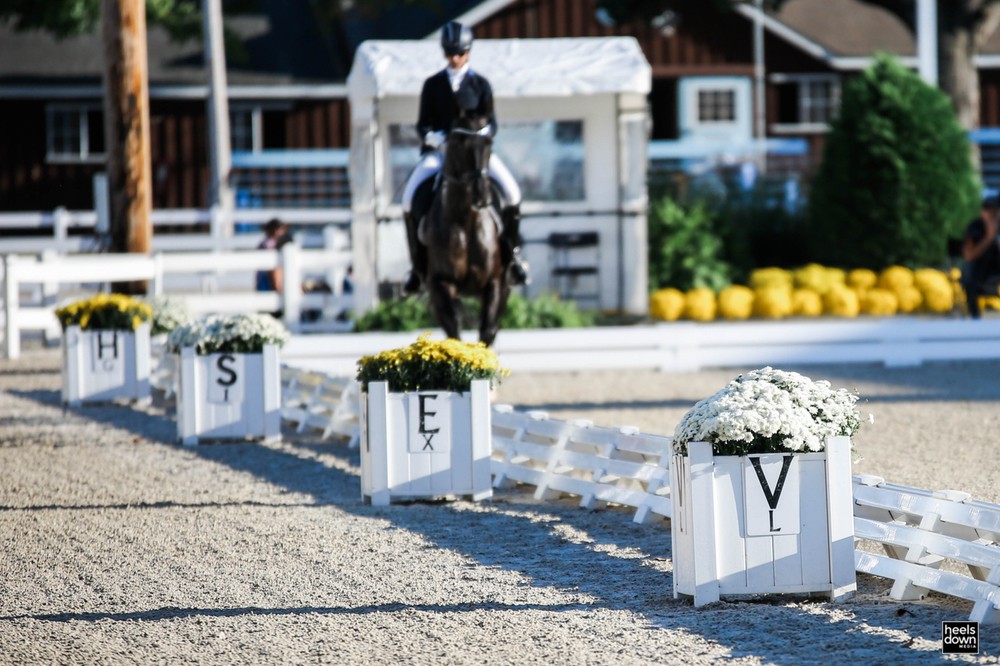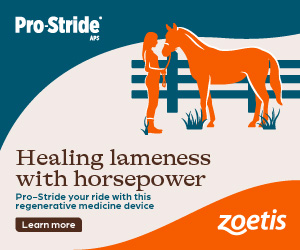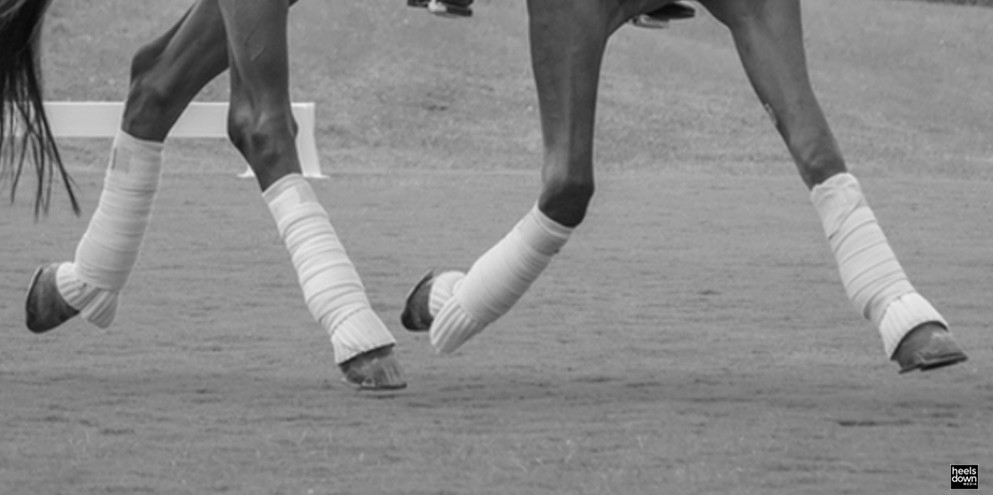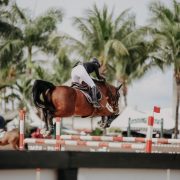Dressage Training Misconceptions

By Chloe Hatch
Training a horse is a process made up of thousands of baby steps, barely perceptible intricacies, and gradual improvement. Layers of training are built into horses over many slow years to allow the horse to mentally and physically adapt.
Riding can also be a highly subjective sport. If you had ten different trainers critique a ride, they all would see different nuances. It takes a trained eye to spot these riding faults and a clear understanding of the training scale to know the difference.
Misconception #1: Extended gaits are faster than collected gaits.
I’ve seen riders at every level that make the very common mistake of turning onto the diagonal for an extended trot, and the horse merely speeds up in short, choppy strides. Since the speed increases and the length of stride stays the same, the tempo also speeds up.
In a true extension, the length of stride becomes greater and the tempo remains the same. This mistake is easy to make and difficult to correct because training a correct extension requires the horse to develop strength and pushing power. Just as young horses slowly become stronger in transitions between gaits, they can only get stronger over time by doing many transitions within gaits from collected to extended.
Misconception #2: Going behind the vertical is caused by heavy hands.
While it’s certainly possible that using the bridle too strongly can cause the horse to be behind the bit, this is not always the case. Going behind the bit is an evasion just like sticking the nose above the bit. Dressage movements require varying degrees of collection and are a lot like weight lifting. Just like you may lose form and contort your body if you are trying to lift a weight that’s too heavy, horses evade contact because it is easier for them.
Some horses are more prone to fall behind the bit because of their breed and conformation. Iberian horses, for instance, can easily end up behind the vertical because of their naturally round posture. The rider should encourage the horse to open its throat latch area by riding from back to front, and should constantly be aware that the poll is the highest point to help prevent the horse from evading the bit.
Misconception #3: The reach of the forelegs is an indicator of correct training.
Dressage breeders are becoming increasingly focused on producing horses with extravagant gaits. While this trend is certainly eye-catching, attention should be closely paid to the hind legs instead.
In a correctly trained horse, the hind leg reaches forward under the horse’s barrel and steps in the hoofprint of the foreleg. “Tracking up” or “over-tracking” shows that the horse’s weight has shifted to the hindquarters and, along with carrying this extra weight, the horse is supple enough to reach under himself. Don’t be impressed by a flashy horse if his back is hollow and his hind legs drag out behind him.



